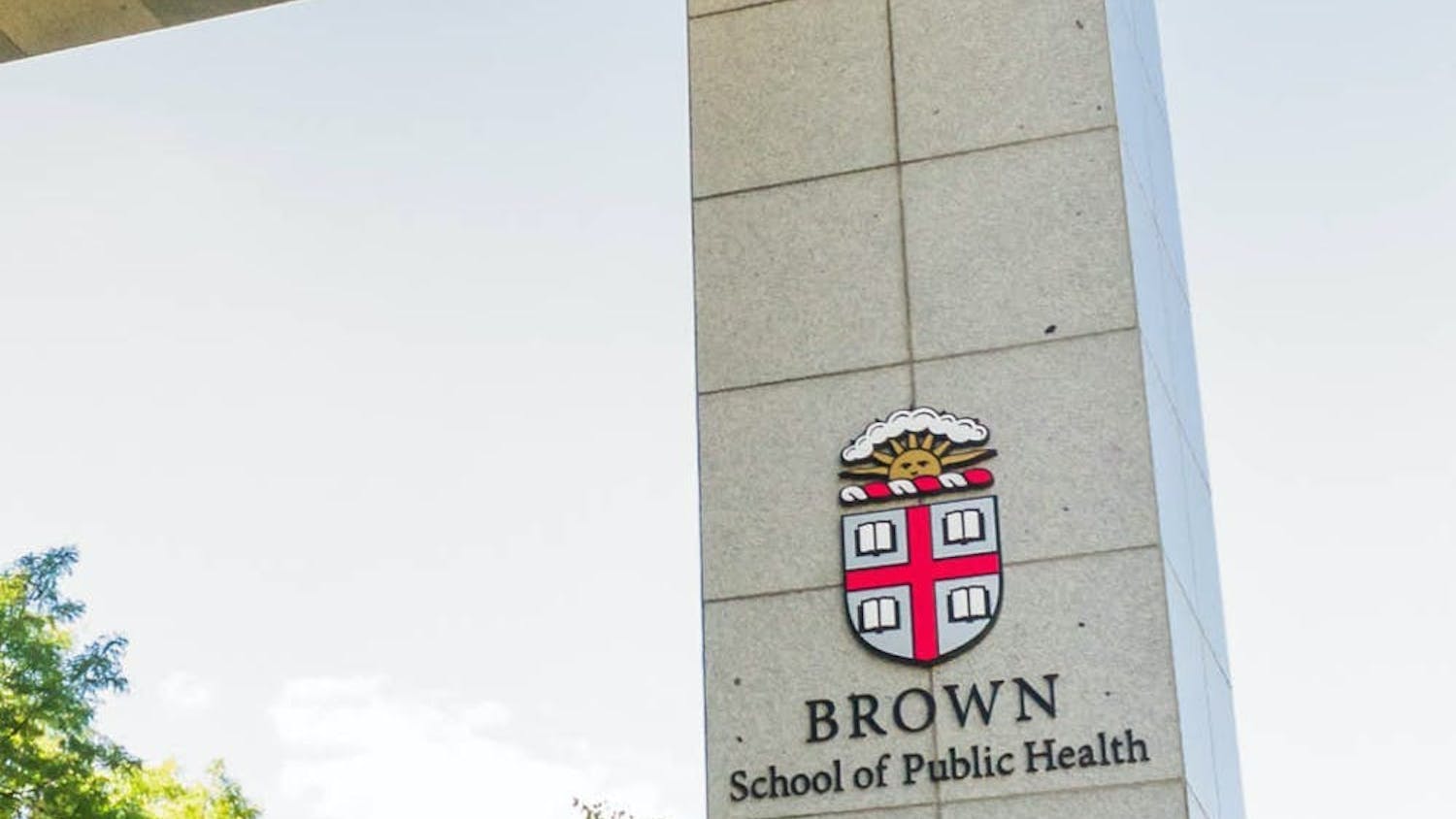The Institute at Brown for Environment and Society has launched a new undergraduate curriculum track that brings a social equity focus to the environmental studies and environmental science concentrations. The track, called environment and inequality, was first introduced in spring 2017 and follows years of student interest in making environmental justice a more prominent area of study within the concentration.
IBES’ Diversity and Inclusion Action Plan set forth the idea of a new track, but the development of the track and new classes pertaining to environmental justice preceded the DIAP, said Lauren Maunus ’19, an environmental studies concentrator who helped create the track and served on the DIAP committee.
The study of environmental justice focuses on the intersection of race, class, gender and systems of oppression with regards to environmentalism, Maunus said. “It’s really an intersectional approach to environmentalism in both the built and the natural environments,” she added.
The track requires students to take courses in the areas of race, class and gender inequality; environment and inequality; research methods and policy and politics. Along with a list of course options which span departments and disciplines, the environment and inequality track lists a new course to be offered for the first time in spring 2018 as a requirement. The course, titled ENVS 0705: “Equity and the Environment: Movements, Scholarship, Solutions,” will discuss the history of the environmental justice movement as well as view environmentalism through the lens of various identities, said Logan Dreher ’19, an environmental studies concentrator and teaching assistant who is working with Professor of Environmental Studies J. Timmons Roberts to develop the class.
But some students think that a focus on environmental justice should extend to other “hard science” tracks within the concentration.
Both Maunus and Dreher believe that ENVS 0705 should be a core requirement for all concentrators, not just those pursuing the environment and inequality track. “Science is informed by culture and society,” Dreher said.
Though requiring all environmental studies concentrators to take a class relating to environmental justice would illuminate the topic for students pursuing other tracks, “logistic and bureaucratic reasons” may make it difficult to create this requirement, said Kurt Teichert, senior lecturer in environmental studies.
The development of the track and the corresponding core course have brought the topic of environmental justice into focus and will affect courses outside of the environment and inequality track, said Dawn King, director of undergraduate studies for IBES. She added that introductory courses already offer a heavy dose of environmental justice topics, pointing to an example of a geographic information systems class using case studies from within the area of environmental justice.
Both students and faculty within IBES agree that the new track is a step in the right direction. But its creation raises questions about what additional steps IBES can take in order to attract racial, socioeconomic and gender groups historically underrepresented in the field.
“We recognize the importance of having greater diversity in our faculty,” Teichert said, adding that students hear different perspectives in courses taught by faculty with diverse backgrounds.
Maunus agrees that more faculty should be brought on from historically underrepresented groups but noted that the three IBES hires this summer “were all white men, despite the goal of having more faculty of color.” Currently the only undergraduate representative on IBES’ DIAP committee, Maunus said the DIAP committee hasn’t convened yet this semester, despite her attempts to facilitate a meeting.
The track has been warmly received, according to both students and faculty. “I think it’s been really positive,” King said, noting that seven or eight students are already pursuing the track.





